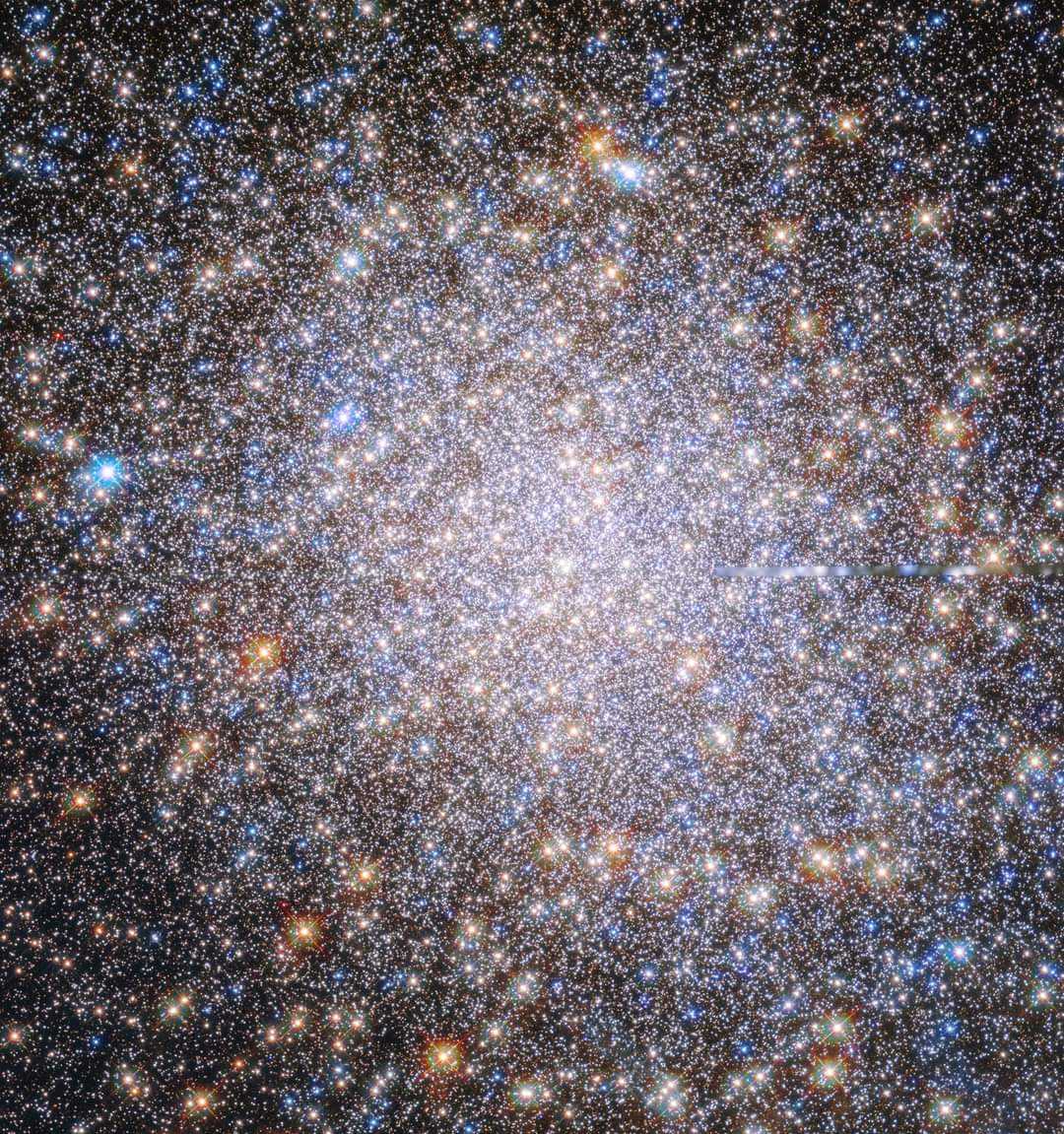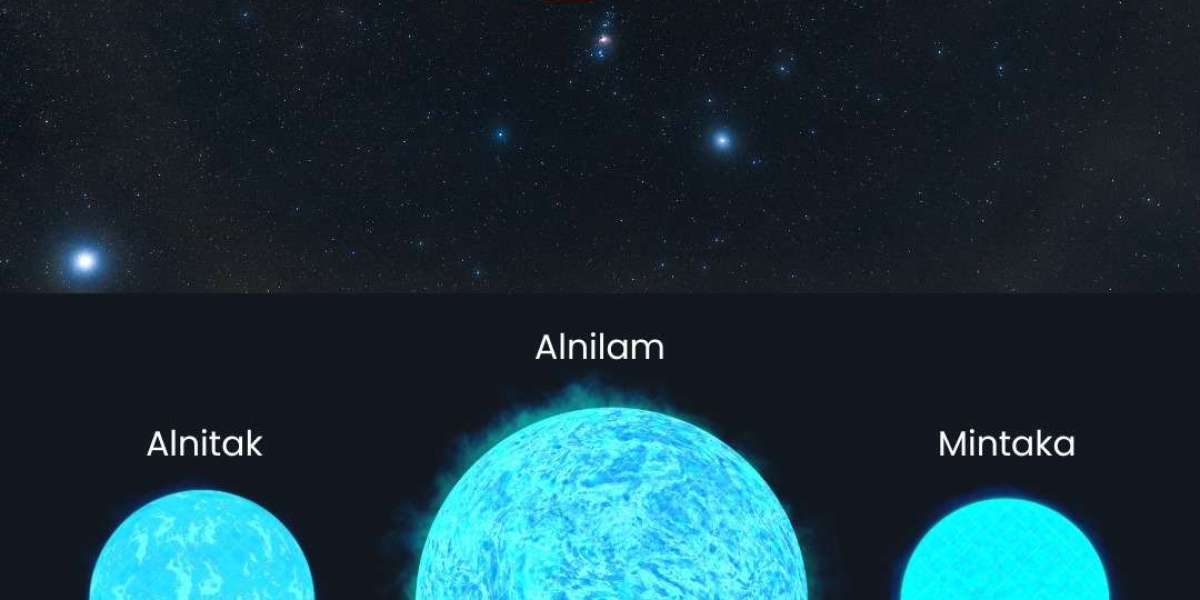Orion's Belt: The Iconic Trio of the Night Sky | #orionsbelt #astronomy #nightsky #stargazing #spacefacts #bluesupergiants #constellations #orion
Hey, Saturn! 👋
This weekend, the ringed planet reaches opposition. That means it's orbiting opposite to the Sun, so Saturn will appear brighter in the night sky – be sure to look up!
Hubble captured this view of Saturn when it was near opposition back in 2020. Two if its icy moons are also visible in this image: Mimas at right, and Enceladus at bottom.
Image credit: NASA, ESA, A. Simon (Goddard Space Flight Center), M.H. Wong (University of California, Berkeley), and the OPAL Team
#nasa #hubble #saturn #planet #stargazing #astronomy #astrophotogrpahy #universe #cosmos #telescope

To close out Hubble's 2023 #messiermarathon, here's a glittering new image of Messier 19!
M19 is a globular cluster, but has a slightly elongated shape as opposed to a spherical shape. The cluster is only 6,500 light-years away from the center of our Milky Way, so the gravity and tidal forces from the massive galactic center could be to blame for stretching M19.
The Messier catalog features beautiful stargazing sights that amateur astronomers and observatories like Hubble observe. How many Messier objects did you spot during this year’s marathon?
You can explore all of Hubble's Messier views and learn more about these cosmic objects
Image credit: NASA, ESA, and C. Johnson (STScI); Image Processing: Gladys Kober
#nasa #hubble #messier #stargazing #astronomy #astrophotography #stars #space #science

 News Feed
News Feed  Albums
Albums  Popular Posts
Popular Posts  Memories
Memories  Pokes
Pokes  Blog
Blog  Market
Market  Directory
Directory  Events
Events  Games
Games  Jobs
Jobs  Offers
Offers  Find friends
Find friends  Common Things
Common Things  Fundings
Fundings 